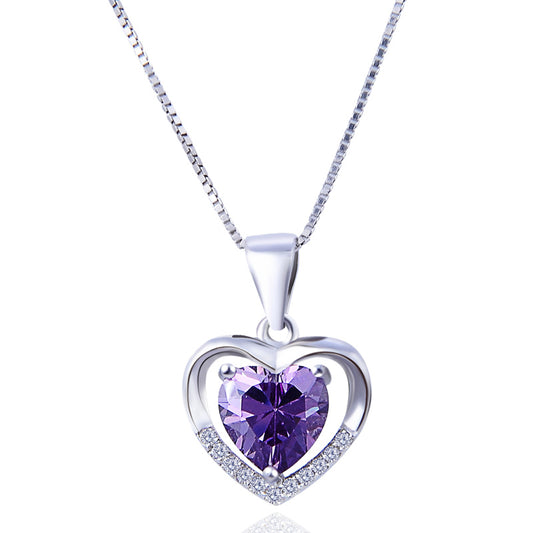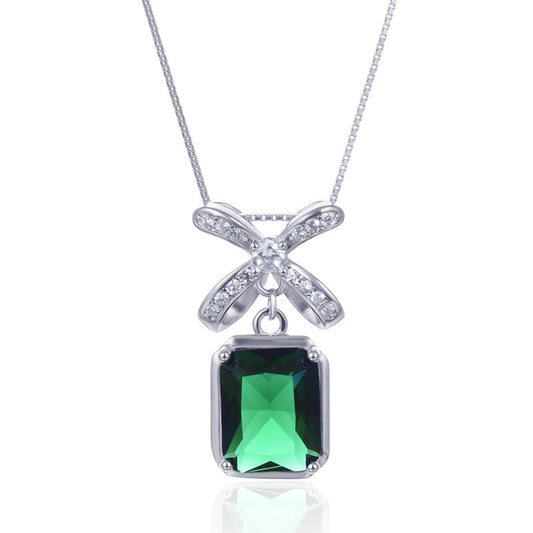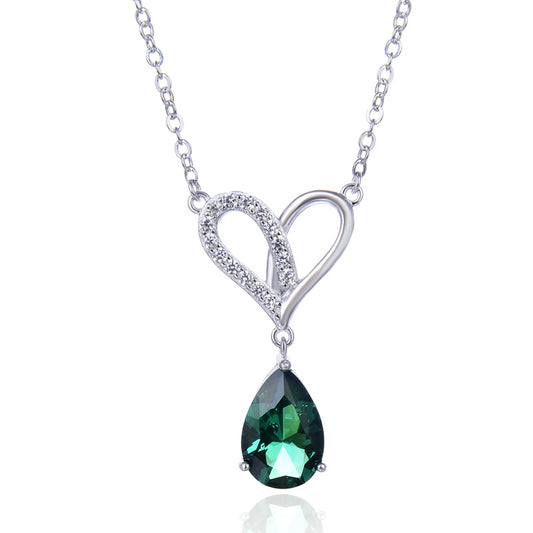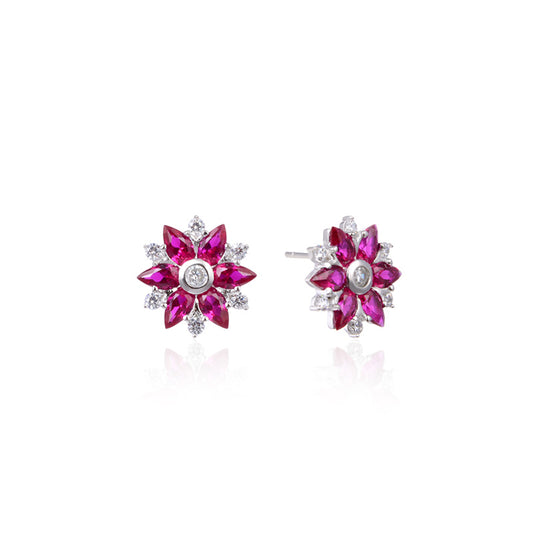Where do jewelers get their jewelry made?

The allure of fine jewelry has captivated people for centuries, with each piece telling a unique story of craftsmanship, history, and culture. But have you ever wondered where exactly jewelers source their stunning creations? The journey of jewelry from concept to showcase is often a complex one, involving a network of skilled artisans, designers, and manufacturers.
Many jewelers begin their journey by sourcing raw materials. Precious metals like gold and silver, as well as gemstones, are the building blocks of most jewelry pieces. These materials are either mined from the earth or purchased from suppliers who have already refined them into a usable form. For example, gold is often sourced in its raw form and then refined to the desired purity before being worked into jewelry.
Some jewelers choose to work directly with gemstone miners or suppliers, hand-selecting stones for their unique qualities and beauty. This allows for a high level of customization and ensures that each piece is truly one-of-a-kind. Gemstones like diamonds, rubies, and sapphires are prized for their rarity and beauty, making them a popular choice for high-end jewelry.
Once the raw materials have been sourced, the next step is to transform them into wearable art. This is where the skill and creativity of the jeweler come into play. Many jewelers are trained in the art of metalworking, using techniques like casting, forging, and engraving to shape and refine the precious metals. They may also work with gemstone setters to securely set the stones into the metal, creating a seamless and stunning final product.
In some cases, jewelers may outsource certain steps of the production process to specialized manufacturers. For example, some jewelers may design their pieces but rely on outside partners to cast the metal or set the gemstones. This allows for a higher level of specialization and efficiency, as each partner can focus on their area of expertise.
The final step in the jewelry-making process is often polishing and finishing. This involves giving the piece a high-shine finish and ensuring that all the details are perfect. Jewelers use a variety of tools and techniques to achieve the desired look, including buffing wheels, polishing cloths, and even chemical treatments.
Throughout this process, the jeweler's attention to detail and commitment to quality is paramount. They must ensure that each piece meets their standards for craftsmanship and design, as well as the expectations of their customers. This requires a high level of skill, patience, and dedication to the craft.
In conclusion, the journey of jewelry from raw materials to finished product is a fascinating one that involves a variety of skilled artisans and manufacturers. Whether a jeweler chooses to source their materials directly or work with specialized partners, the end result is a stunning piece of wearable art that will be cherished for generations to come. And while the process may vary depending on the type of jewelry being made, one thing remains constant: the jeweler's dedication to creating beautiful and meaningful pieces that will stand the test of time.









